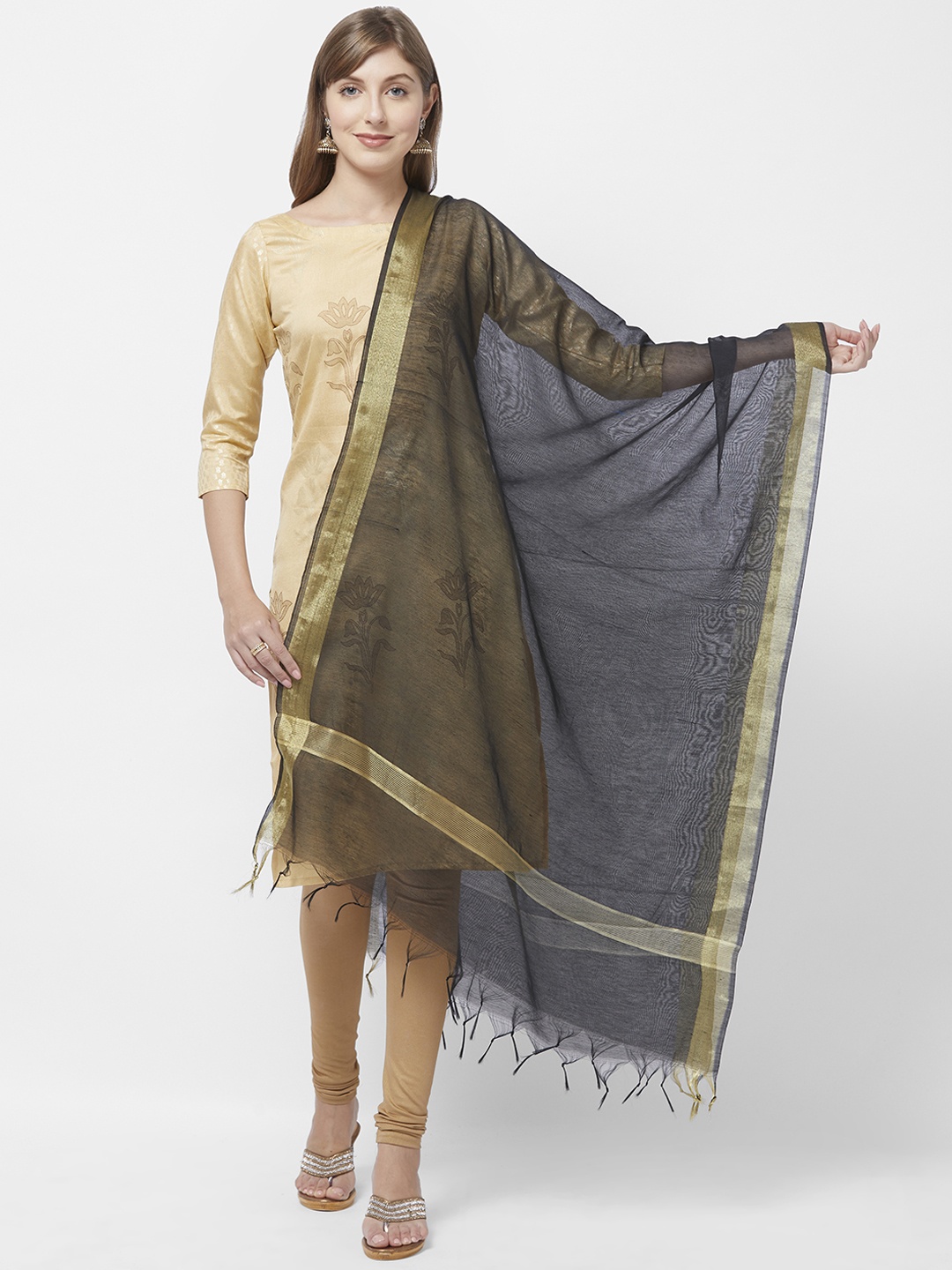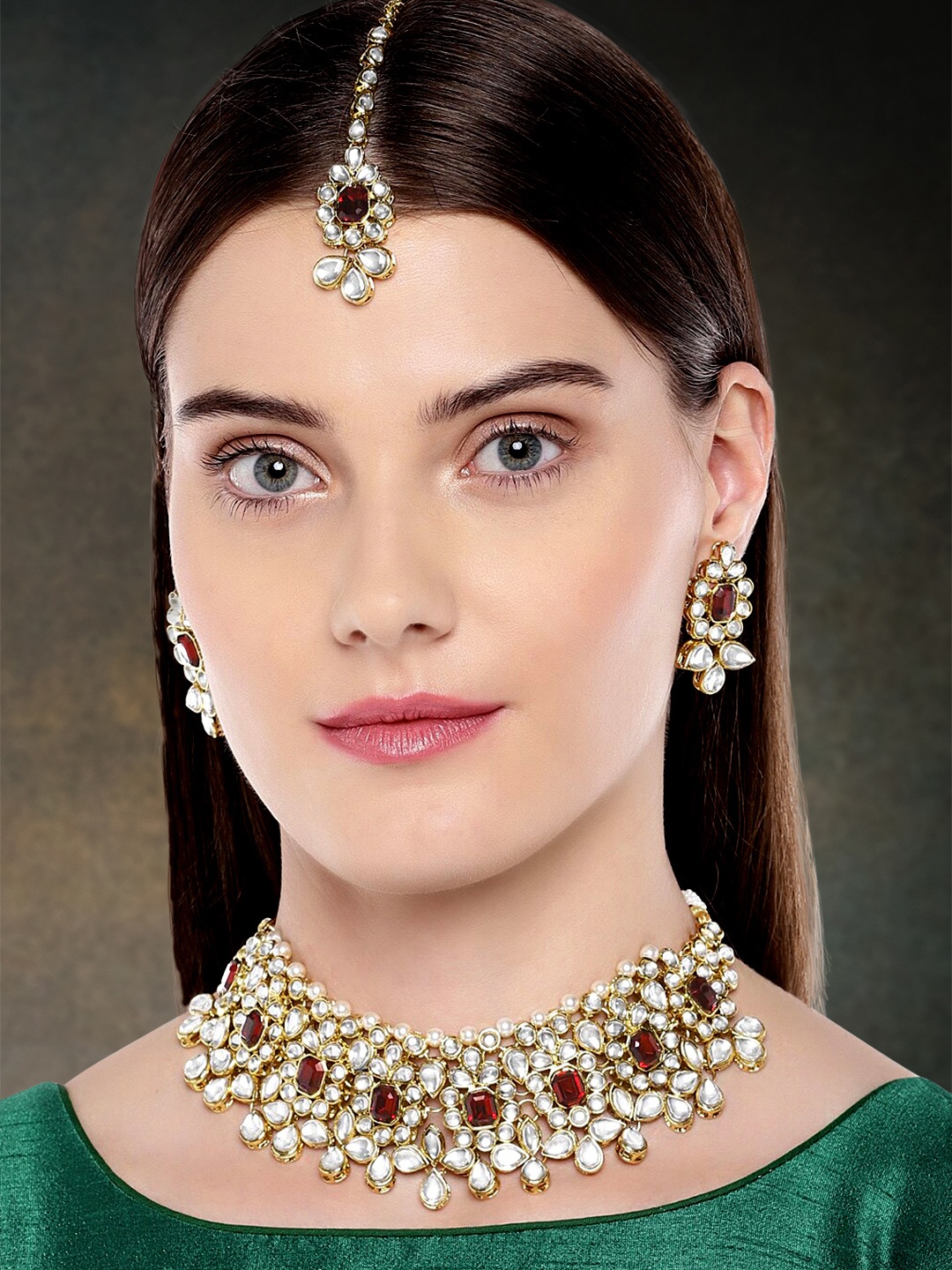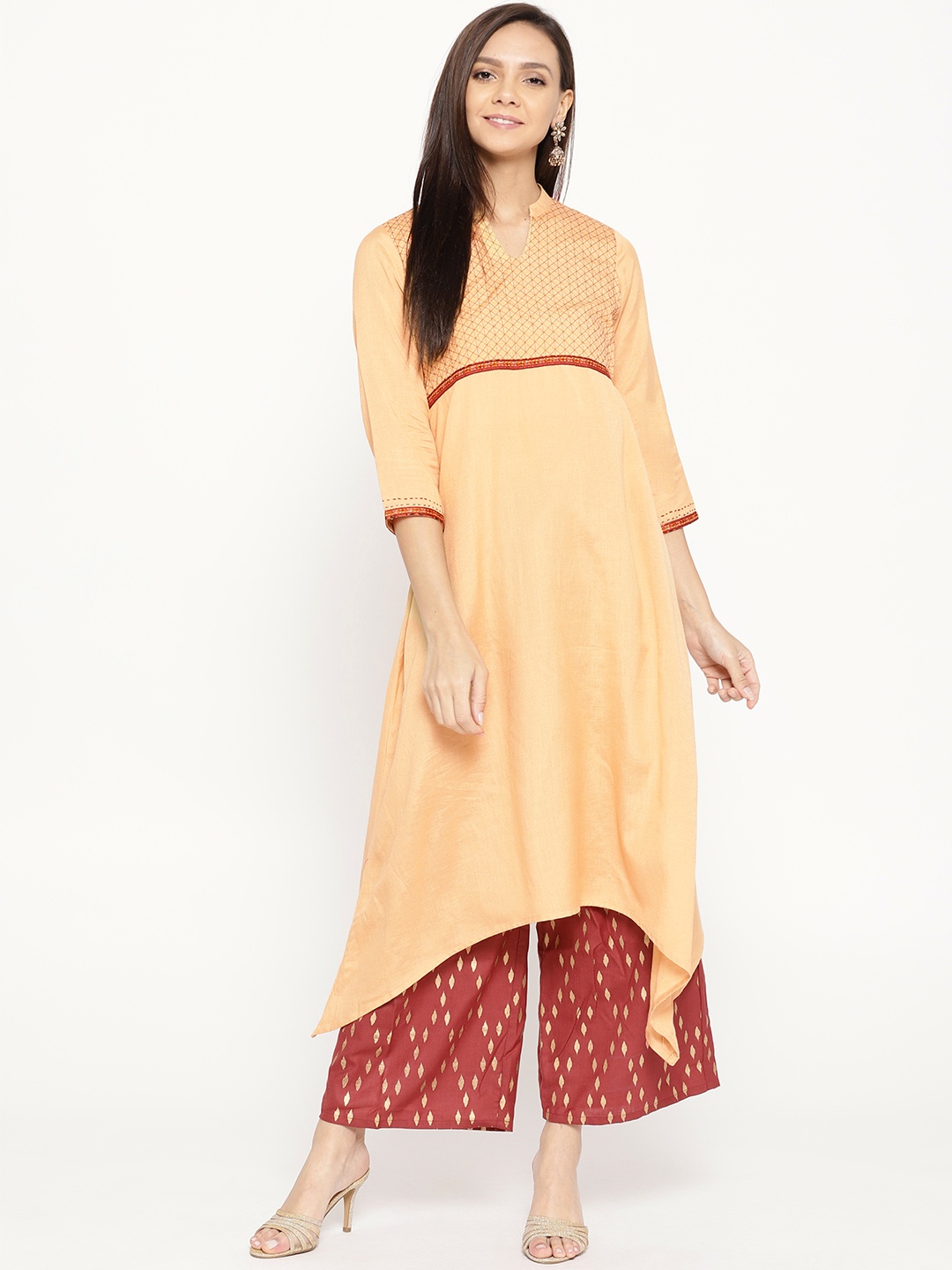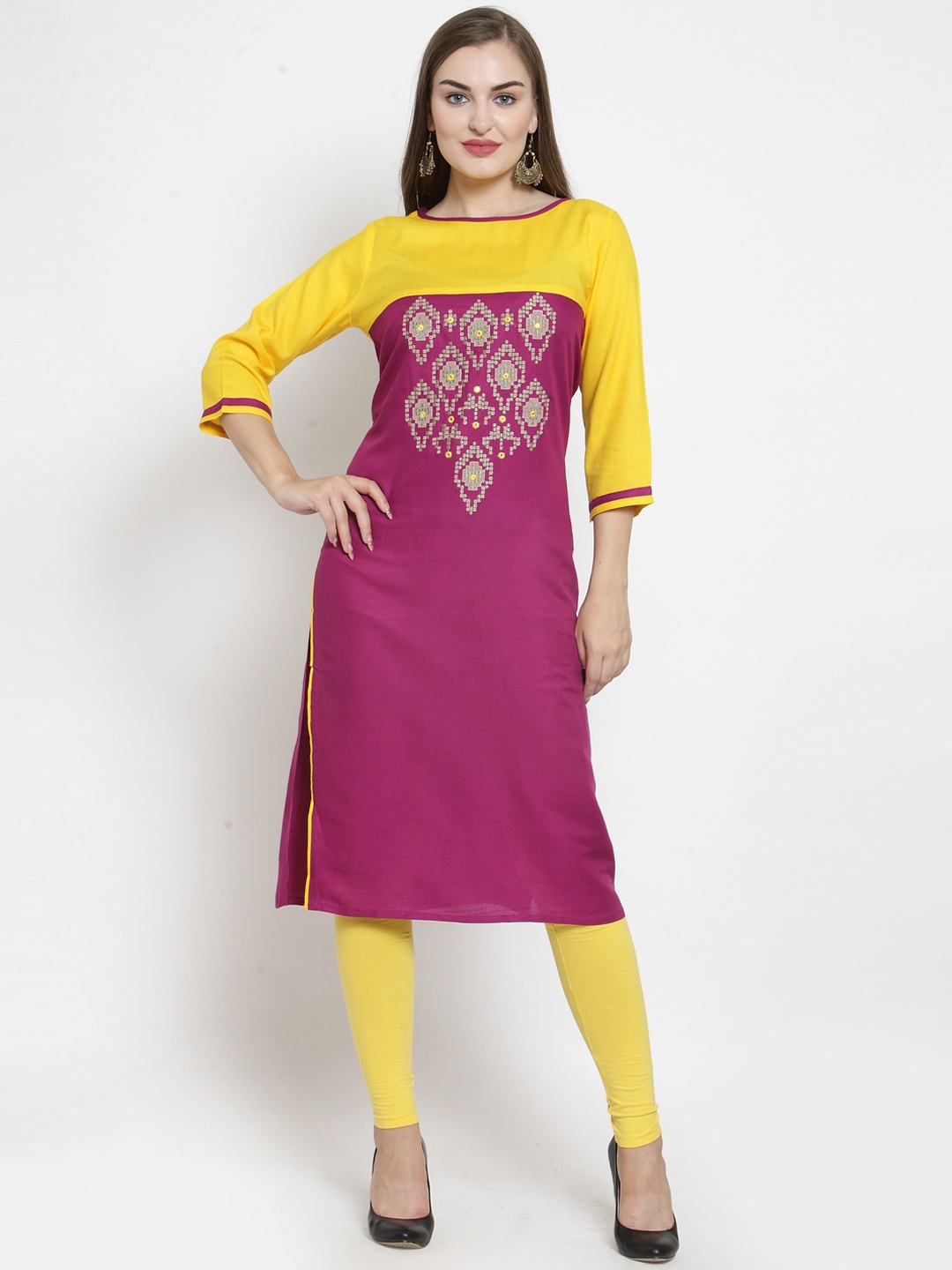From Fabric To Fall: 8 Things To Check Before Buying A Saree Online
The allure of a saree never fades, but with online shopping, the charm can quickly turn into chaos if you’re not careful. From deciphering fabrics to gauging the perfect fall, here’s what every saree shopper needs to know before placing an order.

From Fabric To Fall: 8 Things To Check Before Buying A Saree Online
There's something undeniably magical about the saree, six yards of elegance that tell stories of heritage, modernity, craftsmanship, and personal style. Worn at weddings, festivals, or simply to brighten up an ordinary day, sarees hold a unique place in every wardrobe, celebrated for their versatility and beauty. The array of fabrics, designs, and draping styles embodies the rich culture and tradition associated with them. However, buying a saree online poses its own challenges, requiring careful consideration of size, fabric, and authenticity to ensure a satisfactory purchase.
Unlike picking up a kurti or a pair of jeans, buying a saree online requires a sharp eye, a bit of homework, and more than a sprinkle of common sense. It's not just about what looks pretty on screen; it's about feel, flow, fall, and function. With endless varieties, materials, prints, and drapes available at the click of a button, it's easy to fall into the trap of impulse purchases and post-checkout regret. Before another dreamy drape disappears into your cart, here's a grounded, practical guide to what you need to check before buying a saree online, no magnifying glass or fashion degree required.
Also Read: How To Choose The Perfect Saree Per Your Occasion
1. Fabric Isn't Just a Detail, It's The Whole Mood
That shimmering georgette saree might look stunning on the model, but in reality, it could cling awkwardly or refuse to stay pleated. Fabric dictates everything: drape, comfort, breathability and occasion-readiness.
Cotton and linen offer grace and ease, perfect for daily wear or summer dos, while silk, crepe, chiffon and net exude festive elegance. Heavier silks may not be ideal if you're on your feet all day, while lighter fabrics like organza add flair but might be tricky to manage.
Online stores often list only the generic category, silk might actually mean art silk or poly-silk. So, dig deeper. Check whether it's Kanjivaram, Banarasi, Bhagalpuri or something synthetic. When in doubt, search the fabric type separately to understand its behaviour.
2. Mind The Fall: It's Not Just How It Looks, But How It Lives
In saree-speak, fall refers to how the fabric drapes and settles, not your tragic stumble down the stairs. A saree with a graceful fall hugs the body gently, pleats well, and flows with movement.
Crisper fabrics like cotton might need a few wears to learn their shape, while chiffons and georgettes often fall naturally, caressing curves effortlessly. But beware, some lightweight materials might look great in photos but end up flaring awkwardly.
If possible, check if the saree comes with fall stitching, it's often a bonus when buying from reputable sites. Reviews can also hint whether the fall is flattering or fussy. When unsure, videos help more than stills, the way it moves matters just as much as how it looks standing still.
3. Zoom In On The Weave And Print Quality
That intricate paisley design? Could be printed on, not woven. The texture? Might be digitally enhanced. The finish? Let's just say not everything sparkly is zari.
Many online stores use high-resolution images that can deceive the eye. A woven design usually has depth and texture, something that's visible even in pictures if you zoom in. Printed sarees can still be lovely, but you need to know what you're getting.
Look for close-ups of the pallu, border, and pleats. The backside view can reveal if the motifs are woven or just surface-level print. If there's embroidery involved, check if it's machine or hand-done. Machine embroidery can feel stiff and scratchy, not ideal for long wear.
4. Check The Blouse Piece And Its Exact Details
Many shoppers discover only after unboxing that the stunning blouse on the model isn't what they received, or worse, it's not included at all. The blouse piece can make or break your look, so this detail deserves its spotlight.
First, check if a blouse piece is attached. Some sarees don't include one, while others hide it in the last metre. Next, scrutinise the design, is it plain, printed, embroidered, or just contrast-coloured? You might love the saree body but not the blouse it comes with.
For versatility, plain sarees with statement blouses or mix-and-match contrast sets work wonders. If you're buying for a specific occasion, knowing the blouse design ahead of time gives you breathing room for tailoring and accessorising. After all, no one wants a blouse panic the night before a wedding.
5. Understand The Length And Breadth Of The Situation
A standard saree length is around 5.5 to 6.5 metres, with some going up to 9 metres, especially traditional drapes like Nauvari or Coorgi styles. But length isn't always standardised online, especially when buying from smaller sellers or regional boutiques.
Always check the length in metres, and don't forget the width. Some modern sarees come narrower than traditional ones, which might limit pleating or the grandeur of the pallu.
Shorter lengths might suit petite wearers, but can be tricky if you're used to more elaborate drapes. Plus-size wearers or those experimenting with complex styles (like mermaid or butterfly drapes) may need extra fabric to avoid tugging or compromising style.
6. Read The Reviews, And Between The Lines
Customer reviews are a goldmine, not just for ratings but for reading between the lines. A great purchase could still hide issues with transparency, colour fading, or uncomfortable fit.
Pay attention to keywords like soft', stiff', colour same as shown', or not as expected'. Photos from real buyers are a treasure trove. They reveal how the saree looks without professional lighting and strategic draping.
Also, check if customers mention usage. If someone wore it for a long event without trouble, that's a big win. If another struggled with fraying threads or poor stitching, you've been warned. Verified buyers with images always trump suspiciously glowing one-liners.
7. Colour Can Be A Liar In Good Lighting
What looks like sea green online might arrive looking more like mint toothpaste. The culprit? Lighting, screen brightness, and image editing. Online saree colours can be wildly misleading.
Even reputed sites sometimes have images that lean warm or cool. Always check the colour mentioned in the product description. Words like mustard vs yellow, or wine vs maroon can be the difference between elegance and oops.
Where possible, see if the site offers unfiltered video views or side-by-side colour swatches. If you've fallen in love with a specific hue, say, dusty rose or midnight blue, search that term with the fabric to cross-check visuals from other sellers. It adds a few minutes but saves a lot of post-delivery disappointment.
8. Consider Occasion And Care Before You Commit
A saree isn't just a one-time look, it's a commitment, especially if it needs dry-cleaning, careful ironing, or specific storage. Ask yourself: Where will this saree go? What kind of maintenance does it need? Will it become your best friend or a wardrobe diva?
Satin silks and embroidered pieces may look rich, but can wrinkle easily or need special care. Daily-wear cottons might shrink if not pre-washed or colour-bleed on first use. Sarees with sequins or delicate work are best saved for events where comfort isn't key.
If you're buying for travel, look for wrinkle-free fabrics or those that fold compactly. For gifts, choose materials that suit most skin types and climates; georgettes, art silks, or blended cottons are versatile picks.
A beautiful saree that's a nightmare to care for will end up buried in your closet, lovely, but unloved.
Products Related To This Article
1. Sangria Floral Embroidered Net Saree
2. Kasee Solid Beads And Stones Saree
3. Kalista Sequinned Organza Saree
4. Mitera Pink And Golden Floral Zari Organza Kanjeevaram Saree
5. Anouk Rustic Striped Pure Georgette Saree
6. Tikhi Imli Embellished Floral Saree
7. Sanwariya Silk Floral Printed Satin Saree
8. Tikhi Imli Sequinned Satin Saree
9. Silk Land Woven Design Ethnic Motifs Zari Kasavu Saree
10. Sangria Woven Design Saree With Blouse Piece
Shopping for sarees online can feel a bit like blind dating, thrilling, unpredictable, and occasionally regrettable. But with the right checks in place, the odds swing in your favour. Sarees are timeless, but the way we shop for them has evolved. Where once it was all about feel and touch, now it's about intuition, insight, and knowing where to look.
By paying attention to fabric, fall, blouse details, dimensions, and buyer feedback, you can transform a simple online purchase into a treasure you'll drape with pride. So, next time your fingers itch to add to cart, remember, a little curiosity goes a long way in turning six yards of possibility into six yards of perfection.
Disclaimer: The images used in this article are for illustration purpose only. They may not be an exact representation of the products, categories and brands listed in this article.






























